
Wine Faults
When good wine goes bad. Many of these aromas can be considered positive when they are soft, but negative when they are strong.
Stock photos from 123rf.com
Acetaldehyde
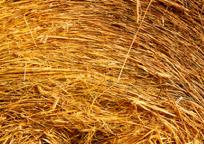
Dry straw aroma.
A product of fermentation, but is most common when acetic acid forms a surface film.
Amyl-acetate
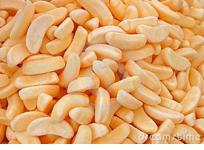
Specifically isoamyl acetate.
Artificial banana aroma.
Likely caused by overly cool fermentations or acetobacter spoilage during fermentation.
Brett
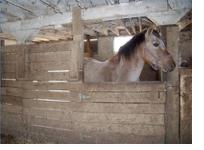
Wet horse or barnyard aroma.
Caused by brettanomyces yeast. In low concentration (or in some of the many strains) the aroma can be considered pleasant.
Corked
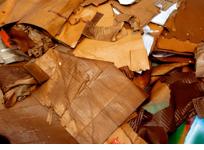
Wet cardboard.
The fault is caused by Trichloroanisole (TCA) spoilage of the cork and or winery equipment.
Diacetyl
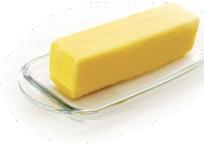
Butter smell.
By product of Malo-Lactic fermentation. In low concentrations it is pleasant, but at higher concentrations it can smell rancid.
Ethyl acetate

The smell of vinegar at low concentrations, but more like paint thinner at higher concentrations. Can be pleasant at very low levels.
Caused by wine spoilage yeast and or acetic or lactic acid bacteria.
Hydrogen sulfide

Rotten egg smell.
Due to fermentation in nitrogen poor environments.
Diammonium phosphate (DAP) is commonly used to prevent this fault.
Iodine
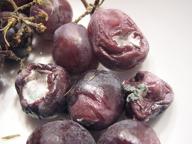
Smell of moldy grapes or sea food.
May be caused by acidification processes.
Mercaptans

Smell of burnt rubber.
Very common.
Formed when there is not enough oxygen contact just after fermentation. Can be prevented by racking or splashing the wine.
Lactic acid bacteria

Smell of sauerkraut (without the sausage).
Spoilage due to lactic acid bacteria. The same bacteria that turns cabbage into sauerkraut, so for a change this smells like what it is.
Maderized

Extreme oxidation. The smell of hazelnuts more than walnuts. The term is in reference to Madeira Wine which is oxidized on purpose.
Oxidized
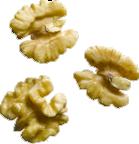
Walnut, or caramel aromas and browning are the hallmarks of this common problem.
Caused by excessive oxygen contact, often due to shipping or storage issues.
Pyrazine

Smell of grass or excessive herbaciousness.
Can be caused by ladybugs on the crushed grapes.
Sorbic acid plus lactic acid bacteria

The smell of geranium leaves.
Often caused by incorrect additions of Potassium sorbate.
Sulfur dioxide

Burnt match smell. Sometimes determined by a tingling in the nose (a haptic sensation).
Due to over or incorrect addition of SO2.